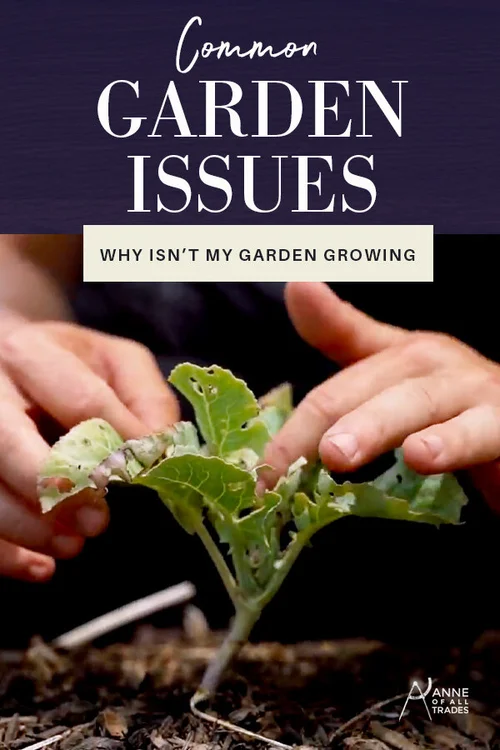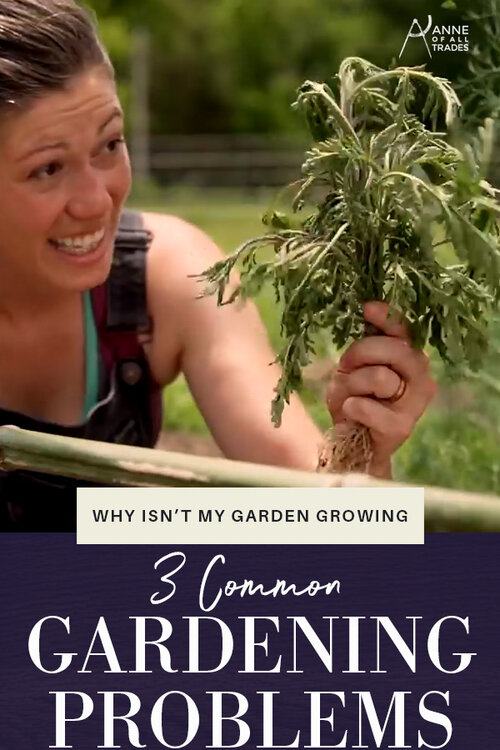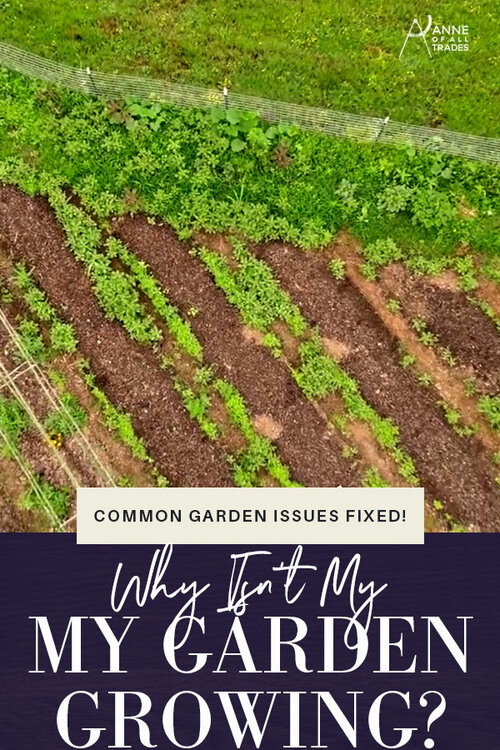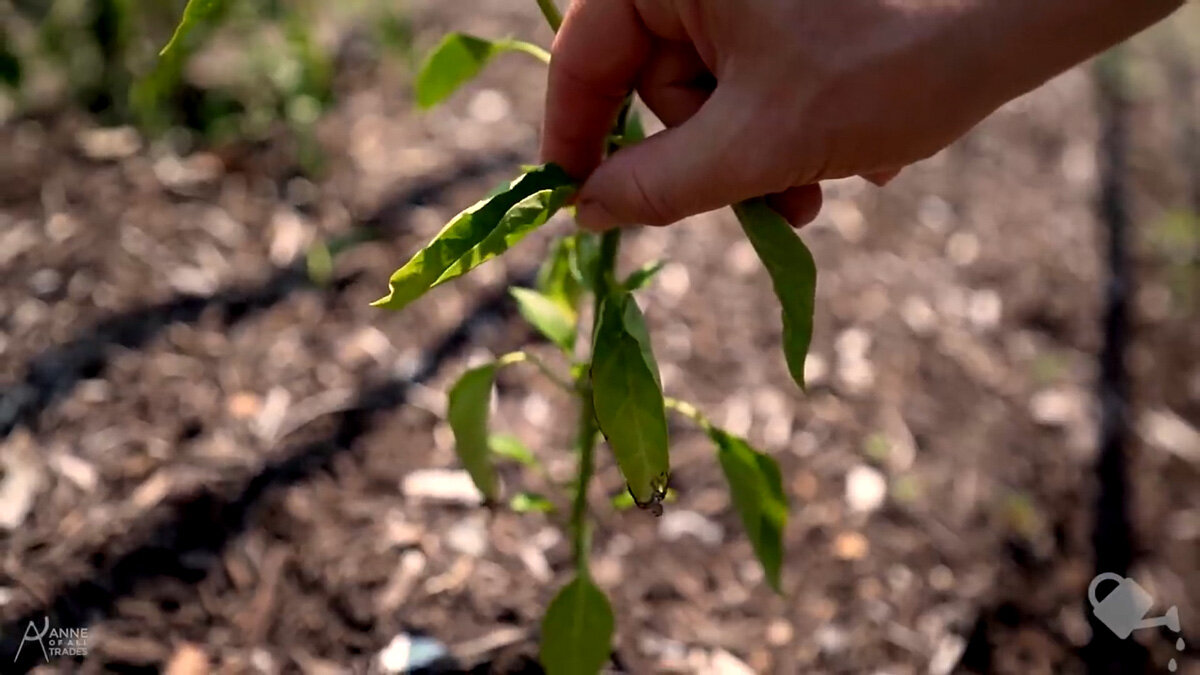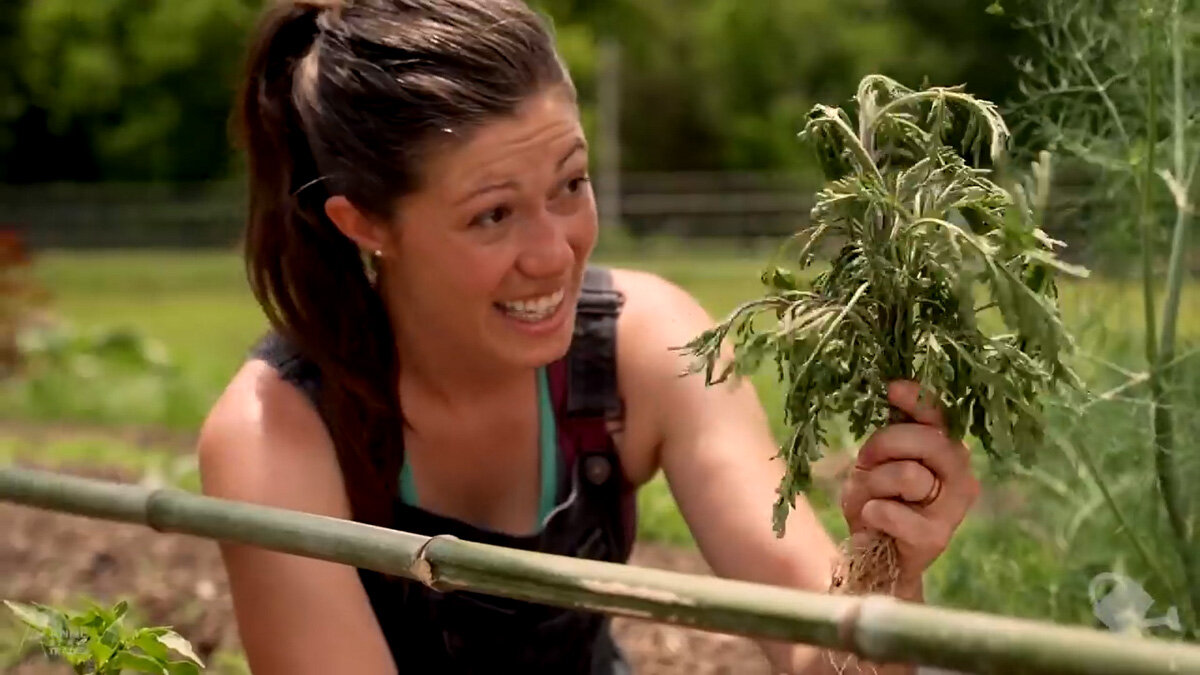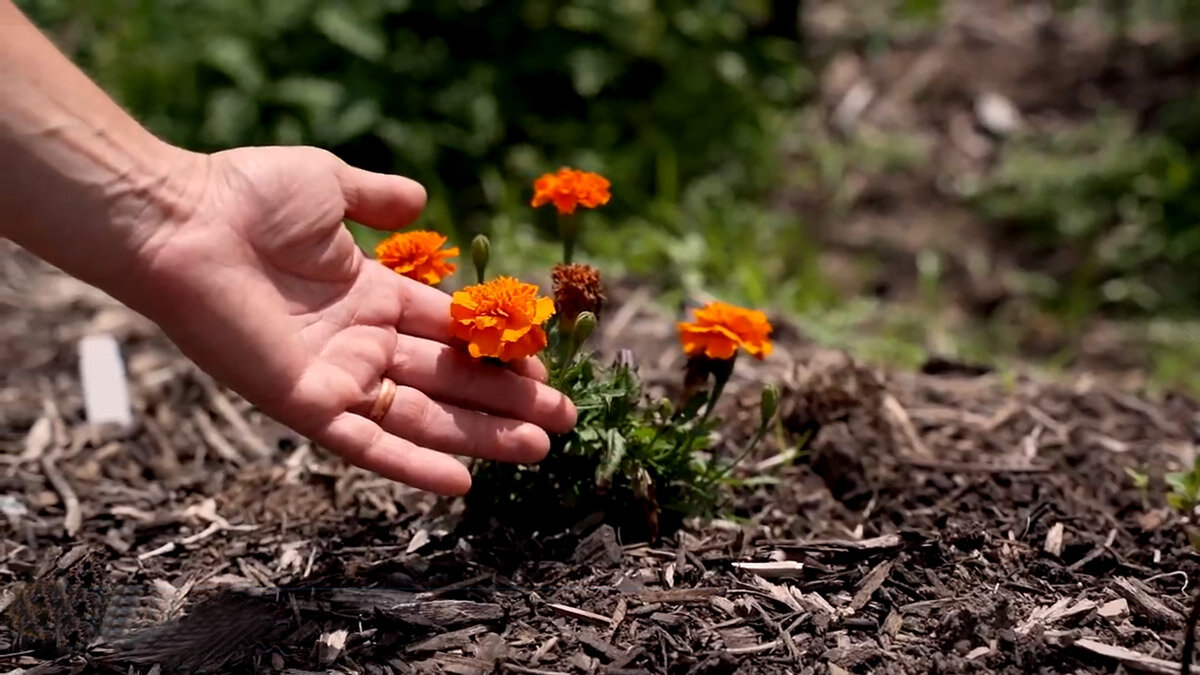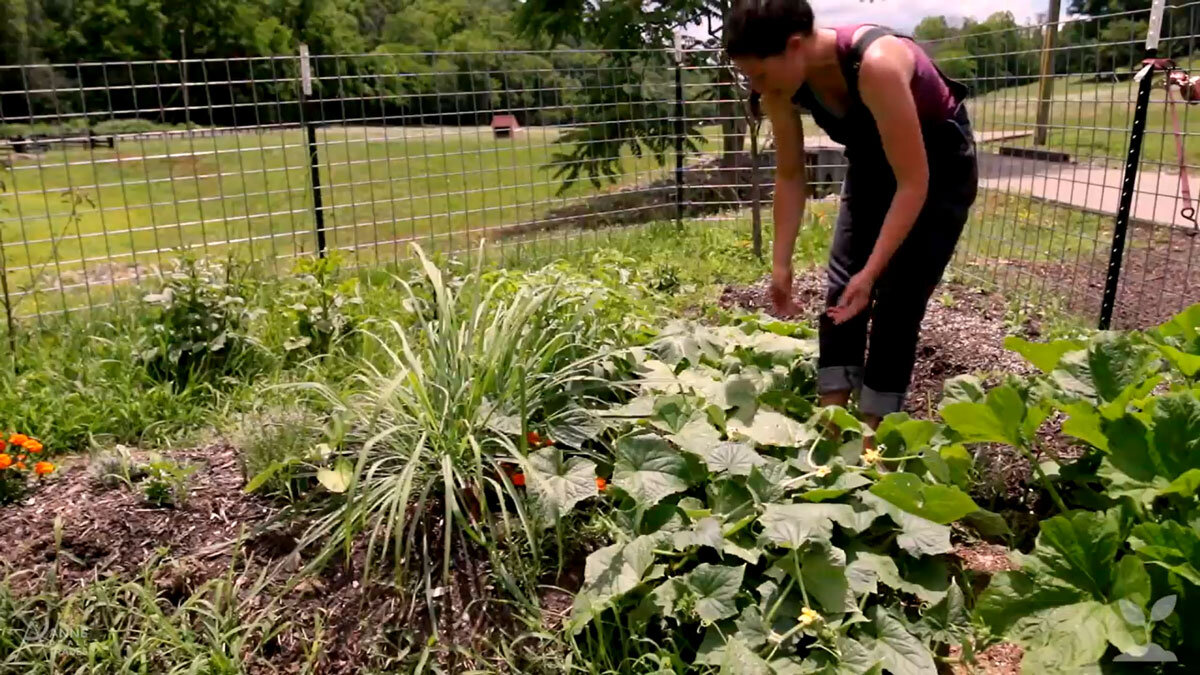Gardening Tips for the Top 3 Common Gardening Problems
Most all gardeners face problems from time to time, whether it’s pests, poor soil, or inadequate watering practices, I’m discussing the top three common garden problems and how to fix them naturally.
It’s true that we all wish we could become avid gardeners in just a few month’s time, but the truth is, a gardener never stops learning!
From simple garden tool maintenance, making homemade compost tea, and even knowing what to plant in the garden and when, to building your own planter boxes, building raised garden beds with cold frames, or even DIY tomato cages, there’s so much to learn for a lifetime of gardening.
In this post, we’re going to discuss the three problems every gardener faces, and some simple tips to fix them so they (hopefully) don’t happen again.
Common Gardening Problems
The majority of issues that every gardener is going to face can be boiled down to three issues:
Water
Pests & Disease
Soil
over-Watering
Overwatering is such a big deal to plants because the part of the plant you can't see, the roots. Roots need access to oxygen to survive and overwatering your plants basically chokes the roots and gives them no access to the oxygen that they need.
Other common watering issues are root rot, fungus, and disease. If you start to notice these things on your plants the first thing to consider is how often you're watering them.
Water-logged soil is a big problem. If you pick up a fistful of your soil about an hour after you've watered and you can still squeeze out a lot of water, then you're over-watering (or your soil isn't draining properly, but that's issue #3!).
under-watering
The alternative to watering too much is watering too little. There are a few tell-tale signs that your plants aren't getting enough water. The first sign is curled leaves. If the plant should have flat leaves and the plants are curling. This is the first sign that your plants are a little stressed, but not the time to get worried. Just make a mental note that those plants need some water soon.
When your plants start to get droopy and wilty, this is when your plants are in dire need of water.
If your plant is crispy and dry, it may be beyond saving.
Pests & Disease
In my garden, I have three eggplant plants that were affected by some kind of pest. After a bit of research, I discovered I had an infestation of flea beetles, I treated it and they may recover.
I also had an amaranth plant that had a bunch of holes in the leaves. Pests can be flea beetles, aphids, slugs, etc. and not all pests are eliminated in the same way. Some pests can be detrimental, while others may make your leaves look a little holey, but aren't a real threat to the plant.
When you're having issues with pests and diseases in your garden, I recommend looking into common issues in your area. Talk to gardeners nearby to see what they experience.
It’s important to learn how to diagnose garden issues, especially when they’re from pests or diseases.
In my garden, I had an issue with one of my cabbage plants where all the other plants were growing and flourishing. In order to diagnose it, I took a look at the plant.
It wasn't doing as well as the other cabbage plants, it has holes in the leaves. The holes were on the outer edges. The leaves were crispy and discolored with some yellowing on the leaves.
After inspection, if the issue still isn’t crystal clear, then I like to take a photo of my plant and post it to social media. Facebook, in particular, has all sorts of gardening groups (check for groups near you as the issues you face will likely be similar to theirs). Post your photo and ask for help!
If that doesn’t work, go to a local extension office, or even Google! It’s amazing what a little research will turn up.
I also had a tomato plant that wasn't doing so well in my garden. One of the leaves had black ends and was curling at the leaves. I was pretty sure the leaves picked up a fungus from the ground since they were the lower set of leaves that were touching the ground.
However, whenever I'm unsure if a plant has a fungus or disease, I like to dispose of the damaged leaves by burning them. Furthermore, if I'm handling the plant with my bare hands, cutting it with garden sheers, or the plant comes into contact with any other gardening tools or supplies, I’m sure to wash everything very well before touching any other plants in the garden so I don't spread the possible disease around.
After disposing of the suspicious leaves on the tomato plant, I saw that something had been eating the plant. Sure enough, I found a large hornworm on the stem of the plant.
Hornworms are horrible for tomato plants and so I removed the worm and fed him to my chickens. They love garden pests!
There are a lot of things you can do to protect your garden from predators and diseases…
I have two livestock guardian dogs that keep rabbits, foxes, racoons, and coyotes out of the garden (and chicken coop!).
I have a cat that keeps moles and rats out.
I put up a large fence to keep the deer out.
I have owl houses to attract owls who will hunt rodents.
I also release ladybugs to eat up aphids off the plants.
Even though a ton of people don't like them, spiders and wasps are fantastic predators for the garden, so try not to kill them when you see them.
You can plant repelling plants that will keep pests away.
Marigolds are a fantastic option because they smell bad!
I also plant garlic around all my beds because garlic deters certain pests.
Google your local gardening zone and "detterrent plants" to find out what options you have available to you!
Soil
Learning how to build up healthy soil is a long game to improving your garden. I had five years to build up my garden soil in Seattle and am just beginning on my farm here in Tenessee. At the time of this writing I'm in year two (the video above was filmed in year one and was my very first garden here in TN!).
I'm also in a new region with a new climate, new pests and diseases, etc. So I'm on a steep learning curve right now.
I actually planted my first garden bed and started taking notes.
My seeds didn't germinate
My plants got stunted and just weren't flourishing
My soil wasn’t retaining moisture and needed far too much watering.
Because I wasn’t used to watering as often, my plants withered from thirst, etc.
I knew I needed to amend the soil much more (you can watch how I did that in my post on improving garden soil here.)
I'm not going to go into too much detail on your soil in this post, but soil health is imperative to a healthy, flourishing garden. In fact, in the garden bed that was built using the Hugelkultur method, I did have some pests that damaged some of the plants, but the plants were strong enough to withstand the pests and grow well regardless!
Healthy soil makes for very pest-resistant, drought-resistant plants!



